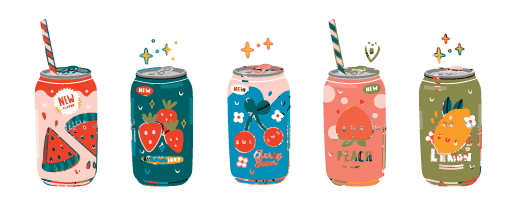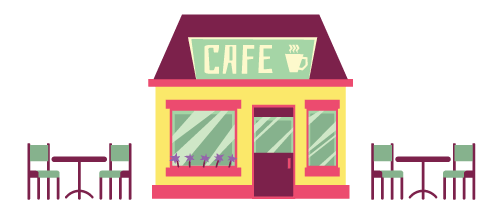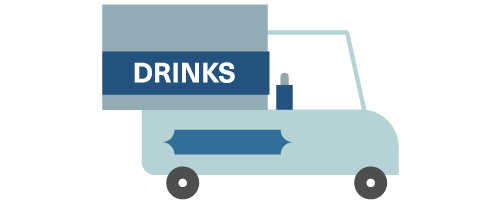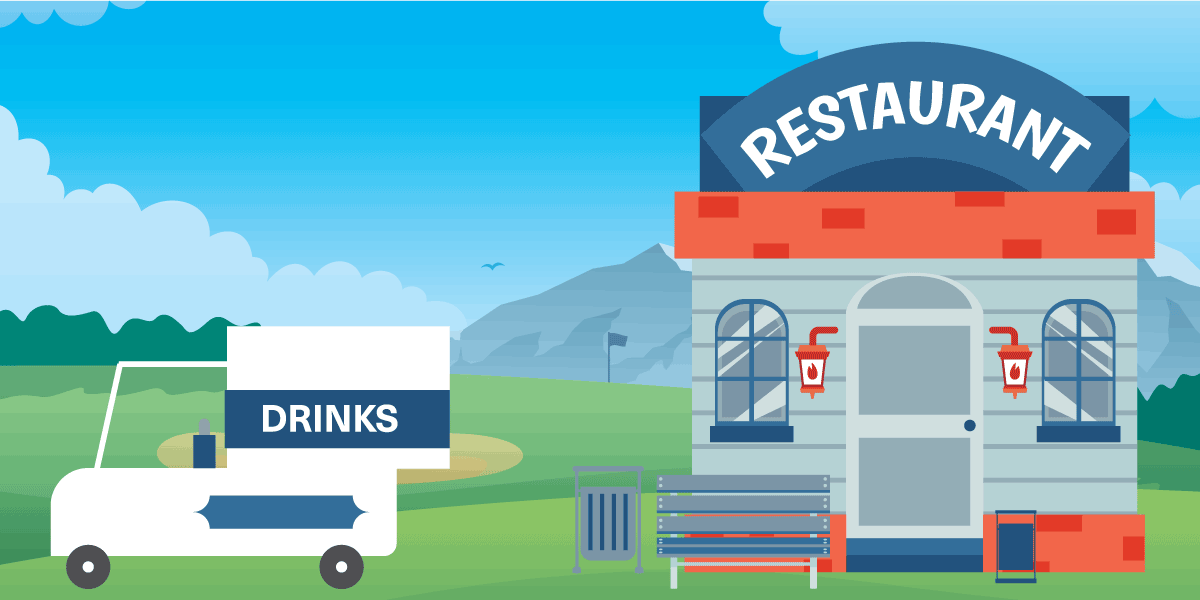This is an excerpt from the foreUP ebook Food & Beverage 101 for access to the entire comprehensive guide, download your free copy here.
Your course isn’t quite like any other — the staff, the holes, the facilities, the pricing, and more at your operation all come together to create a course that’s completely unique. Because of that, there is no perfect guide to determining what food & beverage setup would work best for your business.
But there is a group of people who can answer that question best: the team that knows the course. With the right information on hand, your golf pro, managers, superintendent, and any other course experts can make an educated decision about the type of food & beverage operation best suited to your distinctive course.
The Options

The most successful golf food & beverage operations are often deceptively simple. From the outside, getting started may seem as easy as setting up some equipment and selling food, you know that the reality is a bit more complex. That’s why it’s vital for operators to consider the ins and outs of every option before committing time and money to a particular setup.
Starting from Scratch
The first option is to build and open a proprietary restaurant or cafe that will be 100% part of the existing course or club. This is the most expensive and ambitious option, but it also stands to be the most profitable and gives operators the highest level of control over food & beverage.
What kind of operation will it be?
- Grille or cafe
- A grille or cafe is one step short of a full restaurant; think fast-casual dining. These operations will cook and serve fresh food, and have tables for clients to sit and enjoy their meals and drinks. However, these restaurant styles don’t include a waitstaff. Instead, guests will order at a counter and dispose of their own trash after they’re finished.
- Full restaurant
- Golf courses or clubs may also opt for a full restaurant setup. That would entail a complete waitstaff, including hosts, servers, and bussers in addition to a back kitchen staff that prepares food. The menu at a full restaurant will also likely be larger and include items like appetizers and desserts as well as the entrees.
Some operations may also choose to open a full bar that serves cocktails and appetizers or even elect to combine different aspects of a variety of restaurant types. It’s important to consider what kind of crowd your operation currently caters to — or what crowd you’re hoping to attract more in the future.
Ready to make some F&B changes? Read our free guide, Food & Beverage 101, for best practices and tips for getting started.
Contracting a Restaurant or Renting Out Space

It’s also possible for a course or club to start a Food & Beverage operation without doing the legwork it takes to open a restaurant. Instead of starting from the ground up, many golf operations will bring in an existing local restaurant or cafe to operate from within the course’s facilities.
For a course not ready to commit to starting its own restaurant, there are a lot of benefits to working with an already-established business. Restaurants that are already in operation will likely already have a customer base that enjoys their offerings. Additionally, these businesses are experienced with food operations and can offer advice and take the wheel on the more restaurant-specific details that a golf team may not be familiar with.
Contracting a Restaurant
So say you’ve identified a local restaurant or cafe that you’re ready to bring on to your business. The first option is to create a mutually beneficial contract with the restaurant. A contract like this can vary a lot, but will generally remove or reduce the cost of rent for the restaurant in exchange for a portion of the revenue. In a contract agreement, the ownership of the equipment, employer of the staff, and official name of the restaurant may change. These agreements will often work best when the restaurant team uses your course’s existing software, rather than using tools that are separate from the course’s.
Contracts between restaurants and golf operations will vary widely depending on the businesses involved. Communication is key with these deals, and involving a legal team to ensure that everything is official and fair will only benefit both parties involved.
Renting Out Space
Another option for bringing in an outside restaurant is simply to rent out space to a business. This approach is a lot more straightforward; rather than the course and restaurant working in tandem to benefit one another, the restaurant is simply a tenant in this scenario. Renting space is a great way to earn steady, predictable income. However, it also limits the possibility to earn even more revenue as the restaurant is successful. In a contract agreement, both parties have an incentive to help the restaurant succeed. With a renter, the golf course will not necessarily directly benefit from increased sales made by the restaurant.
Renting out space to a restaurant also restricts the power the golf operation has over the food & beverage operation at their facility. While there are restrictions and choices that can be made by the owner of the facility, an independent restaurant will ultimately be in control of its own menu, staff, and practices.
Beverage Cart Only

Many courses will start small before committing to a full restaurant for their food & beverage operations. A great option for a golf business new to serving would be to start with a beverage cart. Beverage carts are extremely common in the golf industry, and just require a supply of cold drinks, a cooler, a golf cart, and a charismatic cart driver.
Making big decisions about your new food & beverage operation can be intimidating. But knowledge is power, and operators who take the time to understand their options and their limitations won’t be going in blind. The tools to succeed are easily available to courses and clubs that take the time to prepare.
If you’re ready to introduce or upgrade food & beverage at your golf course or club, foreUP has the best resources available. Check out the new ebook Food & Beverage 101 to get more in-depth information about F&B, including guides, checklists, and real industry examples.
